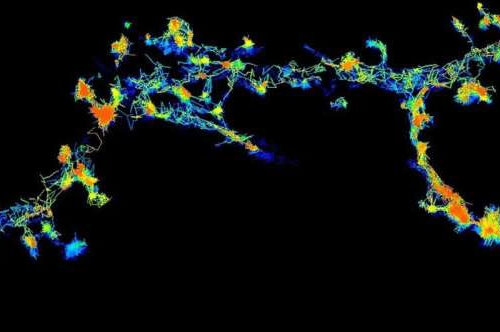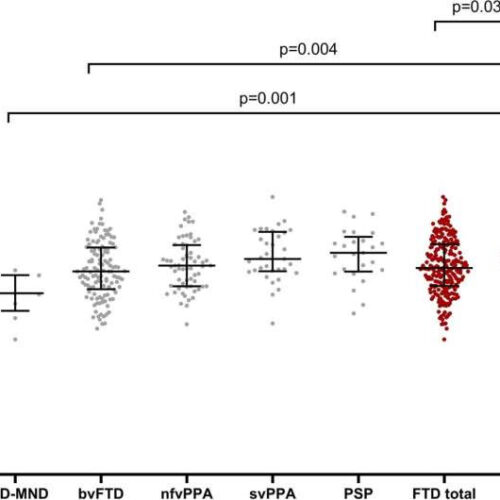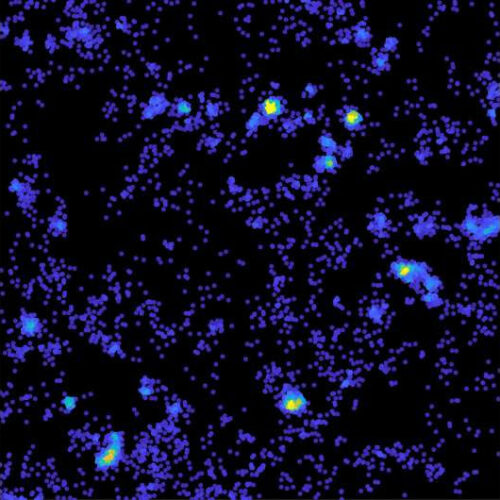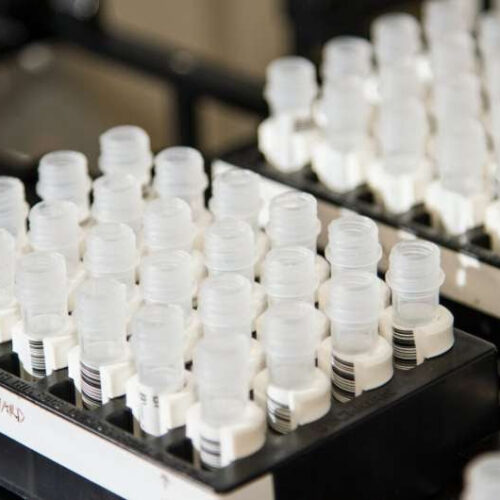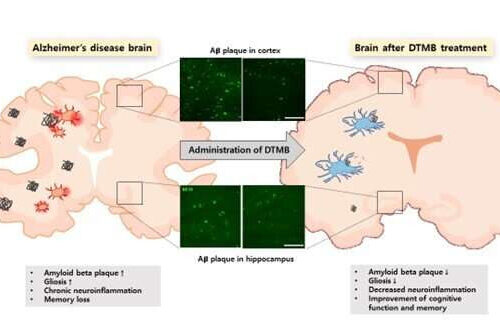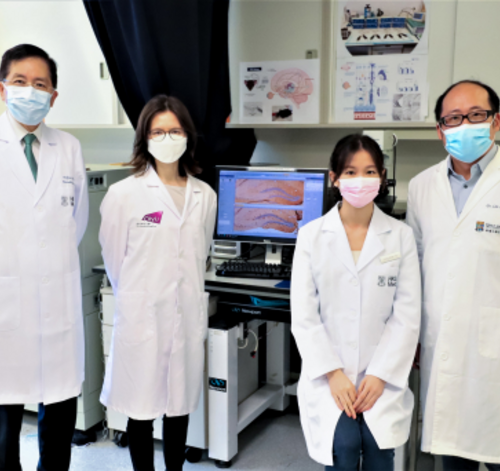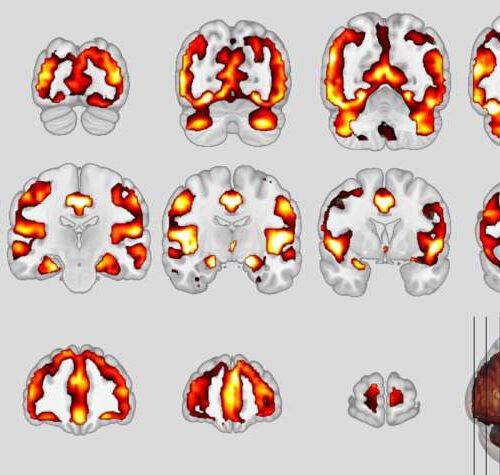by University of Queensland Credit: Queensland Brain Institute The clean-up of cellular “protein clumps” could prevent the onset of some types of dementia, according to a new study from The University of Queensland. Researchers from the Queensland Brain Institute made the discovery after focusing on the relationship between the enzyme Fyn and the protein Tau...
Tag: <span>Dementia</span>
New study sheds light on basic biology of frontotemporal dementia
by Catherine Caruso, Harvard Medical School a Ganglioside degradation pathway in the lysosome. The names of glycosyl hydrolases (green), activator proteins (purple), and associated metabolic diseases (red) are indicated in the scheme. b Quantification of mono-sialyated and di-sialyated ganglioside species isolated from Grn+/+ (gray) (n = 6), Grn+/R493X (blue) (n = 4), and GrnR493X/R493X (purple) (n = 4) mouse brains. c...
Serum TDP-43 levels may help identify neuropathological changes associated with frontotemporal dementia
by University of Eastern Finland Serum total TDP-43 concentrations in individual subgroups based on the clinical phenotypes of frontotemporal dementia (FTD), in the total FTD group including all of the phenotypes, and in healthy controls (HC). The values were obtained using natural logarithmic transformation. Black horizontal lines indicate group median and interquartile ranges. p-values are...
Tau hot spots open new avenues of discovery into dementia
by Queensland Brain Institute Representative diffraction-limited image of a neuroblastoma cell expressing Tau-mEos3.2 molecules acquired in the green channel before single-molecule imaging. Credit: Dr Pranesh Padmanabhan / Queensland Brain Institute Newly discovered cellular hot spots of a potentially toxic protein could open new research avenues into how Alzheimer’s disease progresses in the brain. Scientists made...
Music helps patients with dementia connect with loved ones
People with dementia often lose their ability to communicate verbally with loved ones in later stages of the disease. But a Northwestern Medicine study, in collaboration with Institute for Therapy through the Arts (ITA), shows how that gap can be bridged with a new music intervention. In the intervention — developed at ITA and called “Musical...
What older adults do while they sit affects dementia risk, study indicates
by Nina Raffio, USC Dornsife College of Letters, Arts and Sciences Credit: CC0 Public Domain Adults aged 60 and older who sit for long periods watching TV or other such passive, sedentary behaviors may be at increased risk of developing dementia, according to a new study by USC and University of Arizona researchers. Their study also...
Study identifies new dementia risk genes through novel testing approach
by University of California, Los Angeles Credit: Unsplash/CC0 Public Domain A new UCLA-led study has identified multiple new risk genes for Alzheimer’s disease and a rare, related brain disorder called progressive supranuclear palsy (PSP) by using a combination of new testing methods allowing for mass screening of genetic variants in a single experiment. The study, published...
Can the protein that defeats metabolic diseases conquer dementia?
by Pohang University of Science & Technology (POSTECH) Changes in the amount of amyloid-β aggregates in brain tissue following the administration of DTMB drug. Credit: POSTECH Alzheimer’s disease is a representative neurodegenerative disease showing up at an increasing rate in an aging society. Sufferers of this disease are not only portrayed in media, but can...
HKUMed & CityU researchers jointly discover non-invasive stimulation of the eye for depression and dementia
THE UNIVERSITY OF HONG KONG IMAGE: A JOINT RESEARCH TEAM FROM THE LKS FACULTY OF MEDICINE, THE UNIVERSITY OF HONG KONG (HKUMED) AND CITY UNIVERSITY OF HONG KONG (CITYU) HAS DISCOVERED THAT THE ELECTRICAL STIMULATION OF THE EYE SURFACE CAN ALLEVIATE DEPRESSION-LIKE SYMPTOMS AND IMPROVE COGNITIVE FUNCTION IN ANIMAL MODELS. THE RESEARCH TEAM MEMBERS INCLUDE...
Similarity between schizophrenia and dementia discovered for the first time
by Anke Schlee, Max Planck Society Neuroanatomical patterns of schizophrenia. Credit: Koutsouleris Researchers have, for the first time, compared schizophrenia and frontotemporal dementia—disorders that are both located in the frontal and temporal lobe regions of the brain. The idea can be traced back to Emil Kraepelin, who coined the term “dementia praecox” in 1899 to describe...

